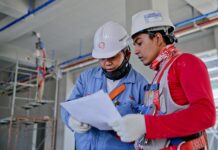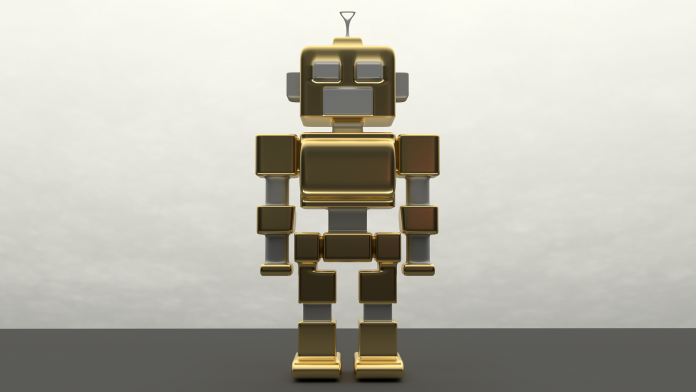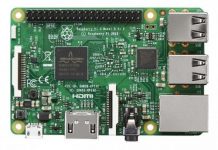In the construction industry, AI is one of the few technological innovations that’s changing the way buildings are constructed, designed, and utilized. Wherein, artificial intelligence is described as machines that exhibit their own knowledge through the use of algorithms. This allows them to fix problems through the use of data.
With this, construction managers would be able to utilize intelligent machines as a tool that could perform various routine tasks that humans used to shoulder– this includes setting up construction traffic cones, bricklaying, and many more.
Likewise, AI systems are also capable of collating and organizing information that engineers could use in terms of project planning and design information.
To give you a better idea of what AI has to offer in the construction industry, we’re going to discuss how AI is used to complete projects and ensure that there would only be fewer omissions, fewer errors, safer working practices, better workflow, and many more.
Administrative Roles
During construction, AI can be used to handle the project, and have full control over the tasks. One great example of this would be how workers can easily record vacancies, sick days, and sudden departures into their data system, and the project would get an update regarding this. Furthermore, AI will also understand the importance of performing specific tasks, and the right time to play it.
Construction Methodology
With AI database systems, engineers and project managers can now have an idea regarding specific projects that should be worked on. An example of this would be engineers working on a newly proposed bridge.
With AI, they’ll get the advice they need, and be able to present a case regarding how the bridge should be built. This could be based on previous projects for the past few years, and they could also rely on pre-existing blueprints in terms of design and implementation. With information like this, engineers can easily decide according to the evidence they have gathered, which was almost impossible back in the days.
Even autonomous site machinery is also being developed to allow drivers to work outside the vehicle, and it could even operate at dangerous heights. Basically, it contains GPS and sensors that could calculate the safest route, which would help them avoid impending accidents.
Planning
AI is very much useful in terms of creating construction plans. Wherein, autonomous equipment is an example of artificial intelligence used on the construction site because it’s aware of its surroundings, and it also can navigate without human intervention.
When it comes to planning, AI is capable of surveying a proposed construction site, and it could also gather the necessary information to create 3D maps, construction plans, and blueprints. Back in the days, it usually takes several weeks, and sometimes even months to complete a project. Now, this can be done within a day.
Construction companies can now save the right amount of money and time, as they’ll be able to finish these tasks even before the deadline.
Post Construction
After the completion of a building– it doesn’t matter if it’s for commercial use or not– AI systems can be utilized inside the structure. In the US, companies are investing in this kind of technology.
For example, hotel chains are embedding devices in every room for different purposes, such as managing the temperature, lighting, and even the audio-visual equipment present in the room. These systems can also be used even in domestic settings, which would permit homeowners to have full control over their home through the use of such technology, and even voice commands.
BIM
As much as possible, it would be ideal for buildings to have informative, and historical information regarding the construction and BIM can be very useful in this. It can be used to determine a building’s history, management, and many more.
Virtual Assistant
This can be used to add a useful and conversational element alongside necessary information. The combination of VA, together with other aspects, could give the building itself the information it needs.
For example, in situations where there are structural problems, they could simply rely on VA, which would inform the engineers about the specific issue and how it can be fixed.
By being able to work with engineers right away, it could help the industry avoid the unnecessary cause and even delays. No wonder why more and more companies are implementing technology in their workplace.
Author Bio
Chris Giarratana is the co-founder of StrategyBeam, an Orlando marketing agency, where he works with small businesses and nonprofits to achieve their goals. He helps drive conversions and boost sales through SEO marketing, freelance copywriting, and PPC management.



































